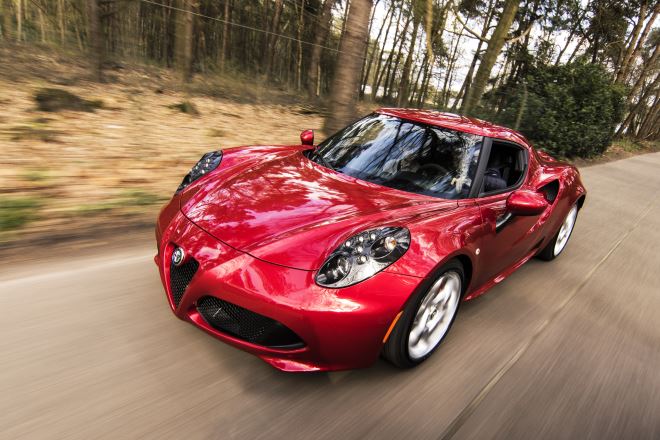Torque Vectoring: Power Distribution for Enhanced Handling
The world of automobiles is ever-evolving, with innovations taking center stage regularly. One such advanced automotive technology that has revolutionized the way vehicles handle is torque vectoring. This technology is playing a vital role in enhancing the driving experience by offering better control and stability, especially during high-speed maneuvers.

A Look Back: The Birth of Torque Vectoring
Torque vectoring technology’s roots can be traced back to the late 20th century, amidst the rise of the electronic stability control systems. These systems were designed to improve vehicle safety by reducing skids and enhancing the driver’s control over the automobile. A step further in this direction was the development of the torque vectoring technology, which took the concept of stability control to the next level.
Originally, torque vectoring was a feature confined to high-performance vehicles, where the need for precision handling was paramount. However, its benefits have seen it gradually make its way into mainstream vehicles, thereby enhancing their overall performance and handling.
The Mechanics of Torque Vectoring
In simple terms, torque vectoring is a method of controlling the power sent to a vehicle’s wheels. It works by distributing varying amounts of torque to each wheel to enhance the vehicle’s stability and handling, particularly during cornering.
For instance, during a sharp turn, a vehicle’s inner wheels cover a shorter distance than the outer wheels. This discrepancy can lead to a loss of control, particularly at high speeds. Torque vectoring technology addresses this issue by reducing the power sent to the inner wheels and increasing it to the outer ones. This distribution of power aids in maintaining balance and improving the vehicle’s grip on the road, thereby providing a smoother and safer driving experience.
The Impact of Torque Vectoring on the Automotive Industry
Torque vectoring is making waves in the automotive industry due to its ability to significantly enhance a vehicle’s control and stability. It is increasingly being adopted in both high-performance and standard vehicles, thanks to its potential to improve handling and safety.
However, it’s not all smooth sailing. One of the challenges with this technology is the increased complexity it adds to the drivetrain. This can potentially lead to higher maintenance costs and an increased likelihood of mechanical issues. Yet, advancements in engineering and technology are continually addressing these concerns, reducing the potential drawbacks and making torque vectoring a viable option for a wide range of vehicles.
The Future of Torque Vectoring
As we look ahead, the role of torque vectoring in the automotive industry is set to grow. With the increasing focus on vehicle performance and safety, this technology holds immense potential. Furthermore, the ongoing advancements in automotive technology are likely to further refine and evolve torque vectoring, making it an integral part of the next generation of vehicles.
In A Game Changer for Vehicle Handling
Torque vectoring is undoubtedly a game-changer in the realm of vehicle handling. By intelligently controlling the distribution of power to the wheels, this technology significantly enhances control and stability. While challenges exist, the benefits of torque vectoring far outweigh its drawbacks, making it a technology worth watching in the automotive industry.




